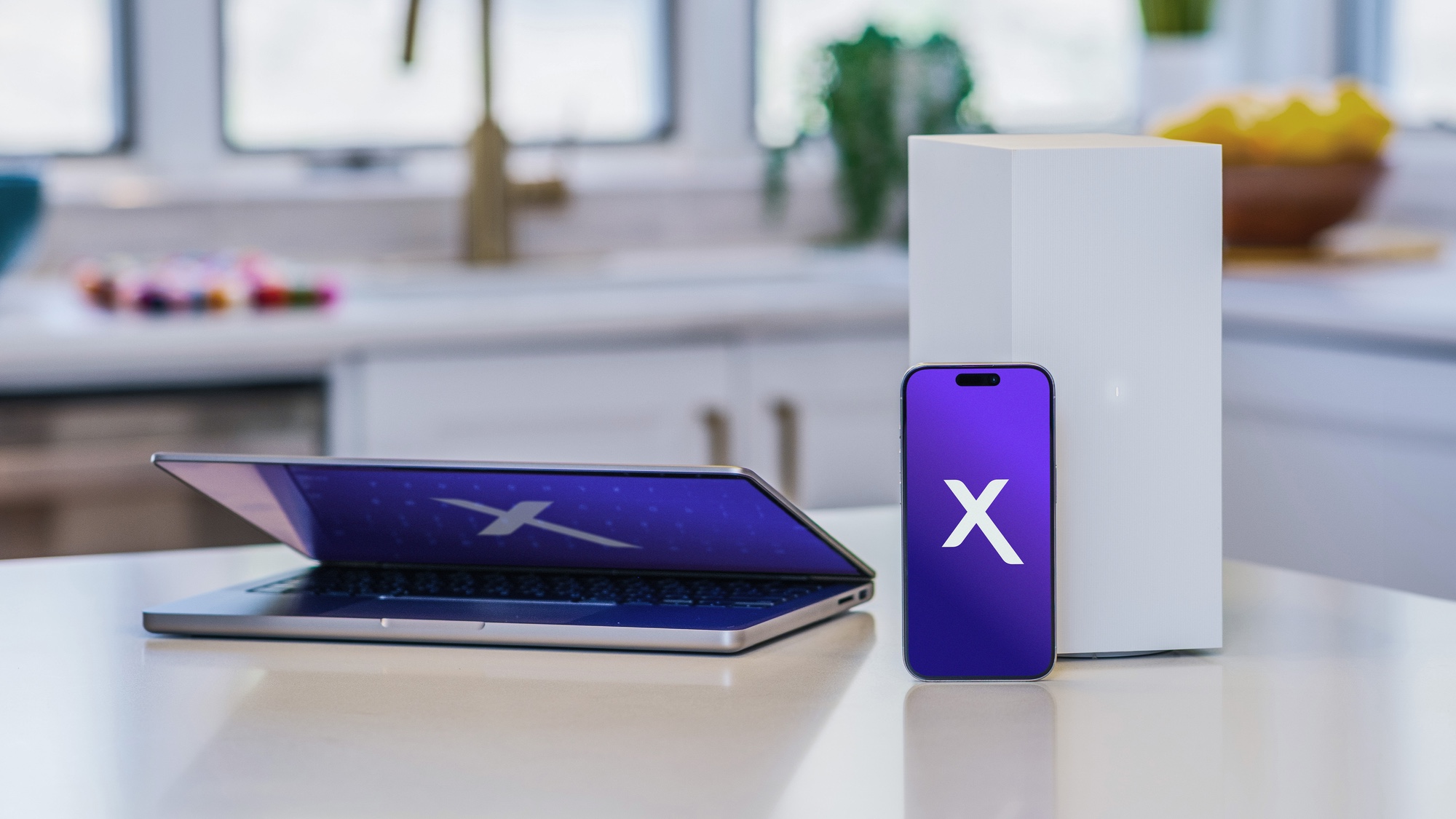Faster Than a Speeding Bullet? AT&T, Intel Test Drones on LTE
AT&T and Intel are testing ways to add LTE data transfers to drones, so operators need not have a line of site.
BARCELONA — When your drone takes to the skies, it's staying in touch with its pilot back on the ground over Bluetooth, RF or Wi-Fi. AT&T and Intel want to see what happens when they fly a drone that's connected over LTE.

The two tech giants are teaming up to test drones that use the wireless high-speed data standard for controlling flight as well as for sending data and streaming video back to the ground. If the tests pan out, it means that drones would be capable of flying beyond a pilot's line of site while beaming high-quality video over the LTE network.
MORE: What's Next for Drones: Super Selfies, GoPro Karma and Fuel Cells?
Those efforts were on display at this week's Mobile World Congress where Intel had set up a drone cage to take a Yuneec Typhoon H out for a spin. The hexacopter taking flight in Barcelona was just like the one consumers will get to fly when it hits the market in the second quarter, save for a couple of key modifications: The drone had been equipped with an Intel modem and an AT&T SIM card to let it connect to AT&T's LTE network. (The drone also sported one of Intel's RealSense cameras to help it avoid objects in flight, though there was little risk of that inside the safety of Intel's drone cage.)
Keeping the Typhoon H inside a cage may not have shown off LTE's potential to have drones fly beyond a pilot's line of site, but it did illustrate some intriguing performance implications for the video that drone was shooting. For the demo, the drone's 1080p video was sent to Chicago and then brought back to Barcelona. The entire journey took half-a-second.
Replicate that performance in the real world, and you could send a drone into a dangerous situation, like a gas leak, while the operator is hundreds of miles — or even thousands — of miles away surveying the damage, an Intel rep told me. Intel also sees a benefit to having drones collecting and beaming back agricultural data over high speeds or providing emergency disaster relief. And should Intel's vision of 5K networking pan out, drones could connect over that high-speed network with less chance of latency and the ability to provide even more data-intensive streams. (Live 4k video shot from the friendly skies, anyone?)
Be advised: Intel and AT&T are focusing solely on the commercial implications of connecting with drones over LTE. You're not about to log onto AT&T's network, fire up your Parrot Bebop 2 and send your drone hurtling out of sight without a second thought. But with Amazon itching to unleash drones to deliver your packages, drones using high-speed networks figure to have some impact on your life.
- Best Drones - Top Rated Quadcopters on the Market
- What the FAA's Drone Rules Mean for You
- Drone Buying Guide: Everything You Need to Know
Sign up to get the BEST of Tom's Guide direct to your inbox.
Get instant access to breaking news, the hottest reviews, great deals and helpful tips.
Philip Michaels is a Managing Editor at Tom's Guide. He's been covering personal technology since 1999 and was in the building when Steve Jobs showed off the iPhone for the first time. He's been evaluating smartphones since that first iPhone debuted in 2007, and he's been following phone carriers and smartphone plans since 2015. He has strong opinions about Apple, the Oakland Athletics, old movies and proper butchery techniques. Follow him at @PhilipMichaels.
-
CompGee Why doesn't Intel come up with a 6G network built especially for VERY network-heavy services, such as Twitch's and Youtube's backend, and maybe fit a 6G modem in the drone for almost NO latency, period.Reply

